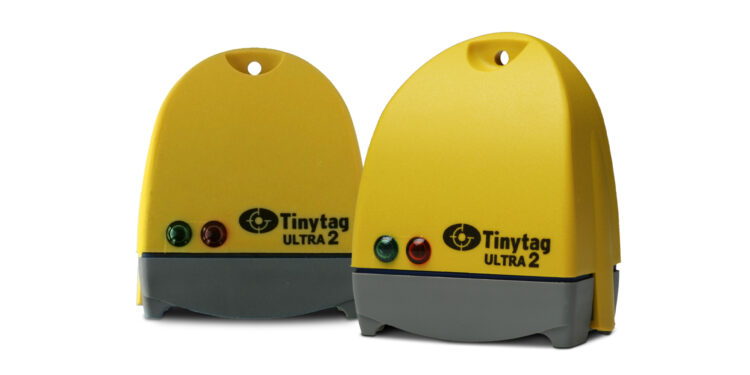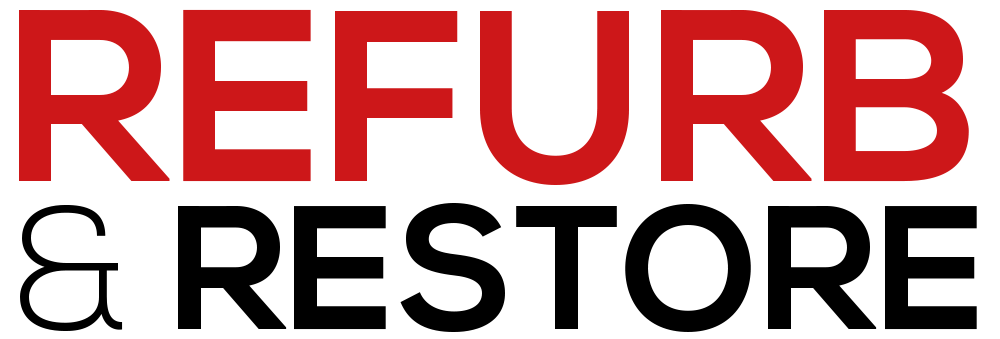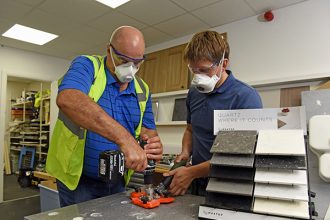Data-Driven Refurbishment: How Tinytag Supports Sustainable Heat Pump Performance in Swiss Residential Renovations

Engineer Ruedi Kriesi uses Tinytag data loggers to monitor and optimise earth probe heat pump systems, helping homeowners and contractors meet compliance codes and ensure performance in long-term property refurbishments.
The push toward energy-efficient retrofits has put heat pumps and ground-source systems firmly in the spotlight. Yet, for all their benefits, one crucial question is often overlooked in residential refurbishments: how do we ensure these systems are still performing 10 or 20 years down the line?
Swiss engineer Ruedi Kriesi has spent the last decade answering exactly that. With over 150 sites monitored and more than 300 temperature loggers deployed, Ruedi’s work offers a rare, long-term view into the lifecycle performance of earth probe heat pumps in refurbished homes and apartment blocks.
And at the core of that work? Tinytag temperature data loggers—simple, standalone tools helping track performance, prove compliance, and guide better retrofit decisions from day one.
Refurbishment Meets Reality
In Switzerland, like many parts of Europe, ground-source heat pumps have become a popular choice in property refurbishments thanks to their low operating costs and reduced carbon footprint. But Ruedi discovered early on that installation alone doesn’t guarantee long-term performance.
“After around 20 years, many systems began to fail—not because of the heat pumps themselves, but because the earth probes, they had cooled down too far,” Ruedi explains. “Over time, if you take heat from the ground but don’t replenish it in summer, the ground doesn’t recover. Probes start to freeze.”
This deterioration isn’t just a performance issue, it’s a compliance one. In Switzerland, residential heating systems must meet stringent building codes and energy efficiency standards, particularly after a renovation or system replacement.
Without data, that’s hard to prove. With Tinytag, it becomes straightforward.
Monitoring the Invisible
Ruedi’s method involves placing Tinytag Ultra 2 temperature loggers within the mechanical room or near the heat pump system, collecting data throughout the winter months. The results show how effectively a system is harvesting and distributing heat – vital information for ensuring a building performs as designed.
Homeowners or contractors simply install the logger following his instructions, return it by post after the season, and receive a full performance report. “No Wi-Fi, no cloud syncing—just reliable, independent data,” says Ruedi. “For retrofitted homes, it’s a low-cost, low-tech way to gain high-impact insight.”
Retrofit Planning Backed by Data
In both private homes and multi-dwelling units, Ruedi uses Tinytag data to:
- Identify early signs of system inefficiency or underperformance
- Ensure new installations comply with thermal performance codes
- Support evidence-based maintenance or regeneration planning
- Prove that refurbished buildings deliver on promised energy savings
For refurbishment contractors and consultants, the ability to monitor a property before and after intervention creates transparency and adds value to the client relationship. And for facilities managers, periodic data logging provides peace of mind that systems are operating within design tolerances—even years after commissioning.
Influencing Building Policy
Ruedi’s findings didn’t just stay on paper, they’ve shaped national guidance. His Tinytag-supported data reports have informed Swiss regulatory updates around heat pump and borehole design, particularly the need for seasonal regeneration to prevent long-term ground freezing.
Where regulations once assumed earth probes could run indefinitely, Ruedi’s data proved otherwise. “The temperature drop happens slowly—so if you’re only checking a year or two in, you miss it. That’s why long-term monitoring matters.”
His work demonstrates how building services in refurbished homes need to be measured over time, not just installed and signed off.
Why Tinytag?
For professionals in refurbishment, speed, simplicity, and reliability matter. Tinytag loggers tick every box:
- Portable and self-contained — no power or connectivity setup
- Highly accurate — trusted for professional engineering and compliance reporting
- Cost-effective — ideal for temporary deployment during post-install monitoring
- Easy to use — with intuitive software for visualising trends and sharing results
“The loggers just work,” Ruedi says. “And in this field, that’s everything. When you have to monitor 100+ buildings, you don’t want extra headaches—you want something that works every time.”
Beyond Heat Pumps: A Tool for Future-Focused Refurbs
While Ruedi’s primary focus has been earth probe systems, the same approach can be applied to other retrofit scenarios—from underfloor heating to passive house evaluations.
In one property, Tinytag data helped determine whether a cellar was suitable for storage, based on temperature stability. In another, it supported decisions about repositioning a heat pump intake to improve airflow and system balance.
As building regulations grow more stringent, the need to track and demonstrate real-world performance will only increase. Tools like Tinytag offer a bridge between installation and long-term assurance, ensuring that what gets planned on paper is achieved in practice.
The Bottom Line
With Europe moving toward stricter energy standards, particularly in the domestic retrofit space, property professionals need practical ways to validate performance, prove compliance, and future-proof their installations.
Tinytag loggers are helping engineers, consultants, and homeowners do just that, quietly, reliably, and cost-effectively.
Explore Tinytag for retrofit and renovation projects
Visit www.geminidataloggers.com to find out more about our energy and temperature logging range.




